Diversify labor training
Dak Nong has 15 establishments and units participating in vocational education activities. Of these, 6 vocational education establishments include: Dak Nong Community College; Phuong Nam Economic - Technical College; 4 car driving training centers.
In addition, the province also has 9 units with vocational training functions, mainly training workers at the elementary level, training under 3 months.

Every year, Dak Nong's vocational training institutions enroll about 5,000 - 6,000 people at college, intermediate, and elementary levels and provide vocational training for rural workers.
Vocational training is diverse in both agriculture and non-agriculture. Regarding the structure of training sectors, public schools train all groups of occupations such as agriculture, services, engineering and industry.
Non-public units mainly train service professions such as accounting, foreign languages, information technology... suitable for the needs of the current labor market.
From 2021 to present, Dak Nong has 26,032 people receiving vocational training. It is estimated that in the 2021-2025 period, the province will provide vocational training for 27,167 people, exceeding the plan by 36%; creating jobs for 94,283 people, exceeding the plan by 5%.
Department of Labor, Invalids and Social Affairs of Dak Nong
Mr. Hoang Viet Nam, Deputy Director of Dak Nong Department of Labor, Invalids and Social Affairs, assessed: "The network of vocational training facilities in the province is basically streamlined, complete, and covers all districts and cities. Vocational training facilities improve quality, diversify industries, occupations, levels, and types of training... contributing to improving the quality of human resources in the province".
Over the years, Dak Nong has always focused on forecasting human resource needs and training needs to meet the labor market. Surveying vocational training needs plays an important role in helping Dak Nong identify the necessary occupations for the labor market.
Accordingly, the province has directed localities to develop appropriate training plans to ensure the quality of human resources. Vocational training institutions are also required to control the occupations that are qualified to teach, thereby reporting their capacity and training needs.

Vocational training institutions proactively develop and update training programs and curricula according to regulations of the Ministry of Labor, Invalids and Social Affairs. Dak Nong Community College has been approved to invest in key occupations for 4 key national occupations at intermediate and college levels: industrial electricity, automotive technology, hotel management, and nursing.
Dak Nong vocational training institutions have increased their connection with job creation for workers. Mr. Hoang Viet Nam, Deputy Director of Dak Nong Department of Labor, Invalids and Social Affairs, said: “Most vocational training institutions have relationships and coordinate with businesses to organize internships and professional practice for students. Vocational training institutions combine to introduce students to businesses to recruit them after graduation.”
The rate of trained laborers in Dak Nong with jobs is 80 - 85%. Of which, over 90% of intermediate and college graduates have jobs. The rate of rural laborers with jobs is 75 - 80%; 100% of socialized training.
Department of Labor, Invalids and Social Affairs of Dak Nong
Strategy to improve labor quality
Dak Nong has completed a set of key vocational textbooks on industrial crop cultivation to improve the quality of vocational training, gradually meeting national standards.
Industries associated with creating a source of labor to work abroad for a limited period of time include: mechanical welding, civil construction, electricity - refrigeration, industrial sewing, health care, etc.

Mr. Hoang Viet Nam, Deputy Director of Dak Nong Department of Labor, Invalids and Social Affairs, said that the province focuses on linking vocational training with job creation for rural workers.
Vocational training must be close to the vocational training needs of workers and suitable to the socio-economic development situation in the locality. "Dak Nong prioritizes organizing vocational training with 3-party linkages between enterprises - vocational training institutions - workers," said Mr. Nam.
Before organizing vocational training classes, vocational training establishments must coordinate with departments, branches, sectors and organizations to determine plans for self-employment on the spot or sign contracts with businesses to recruit workers.

By 2025, Dak Nong Community College aims to become a multi-level, multi-disciplinary vocational training institution, applied to production and life.
The school cooperates with domestic enterprises and organizations to provide training to meet social needs. The school expands international relations and cooperation to improve training capacity, scientific research, and develop training programs that meet standards, on par with schools in the Central Highlands region.

Dak Nong actively diversifies training professions, not only improving the quality of human resources but also meeting the needs of economic and social development.
Vocational education strategies and job creation support programs help create new job opportunities, improve people's lives, and contribute to promoting sustainable local development.
Source: https://baodaknong.vn/dak-nong-da-dang-hoa-nganh-nghe-dao-tao-cho-lao-dong-232604.html



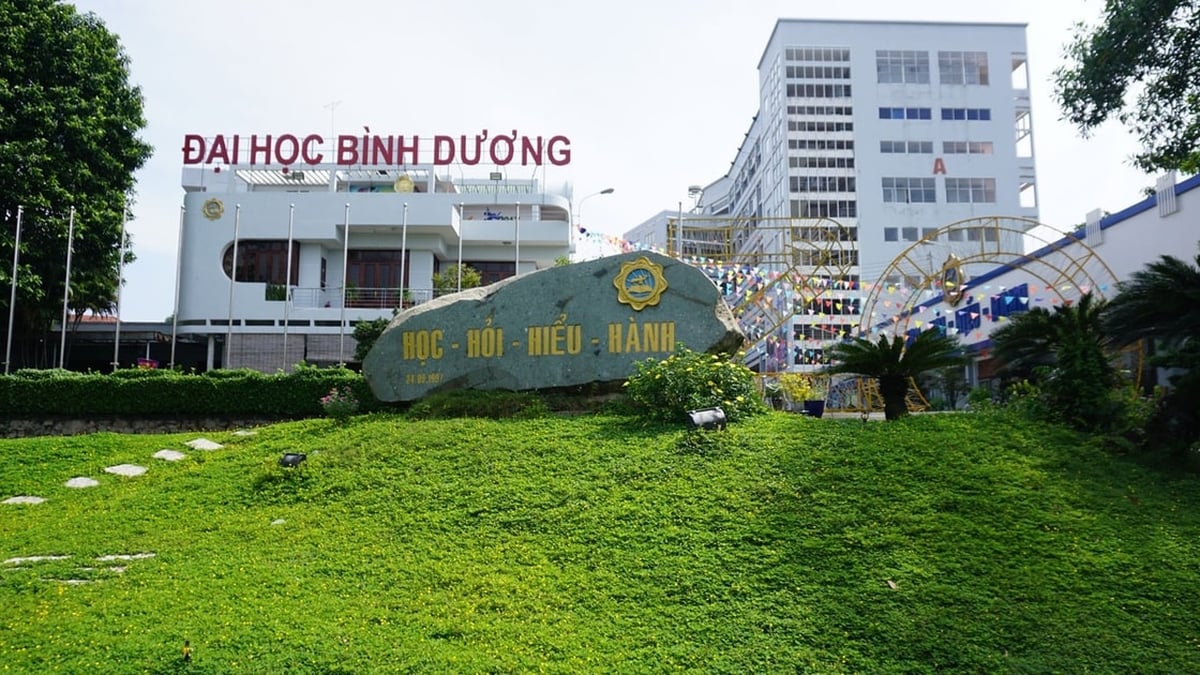

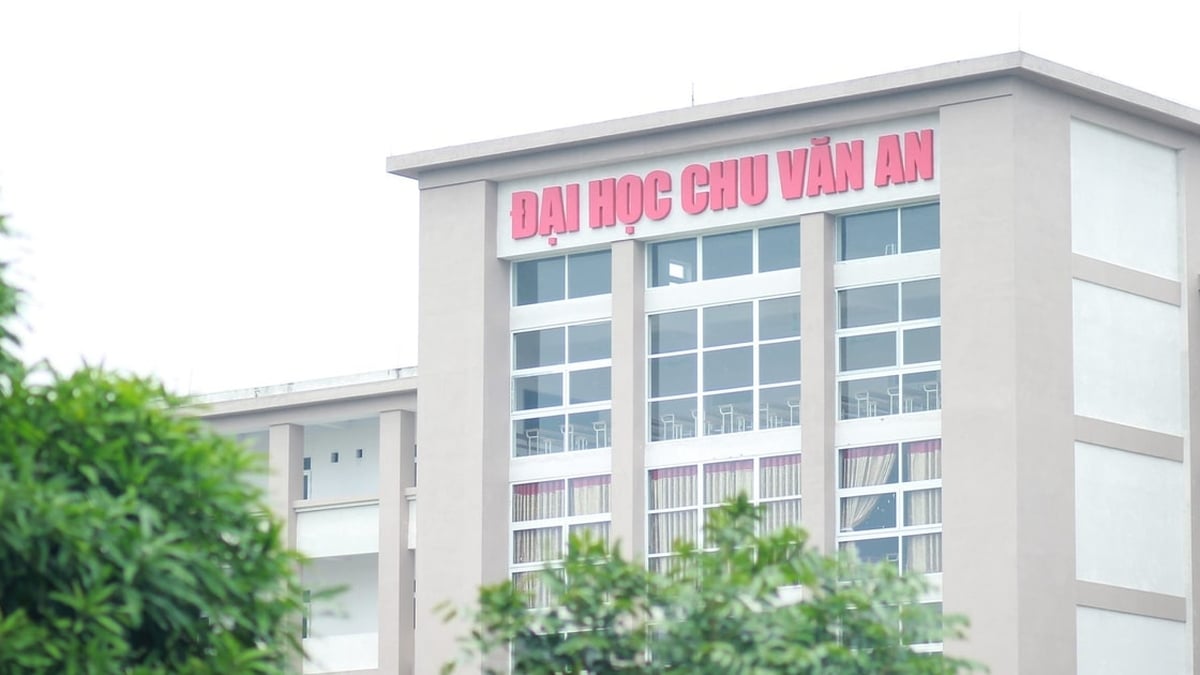
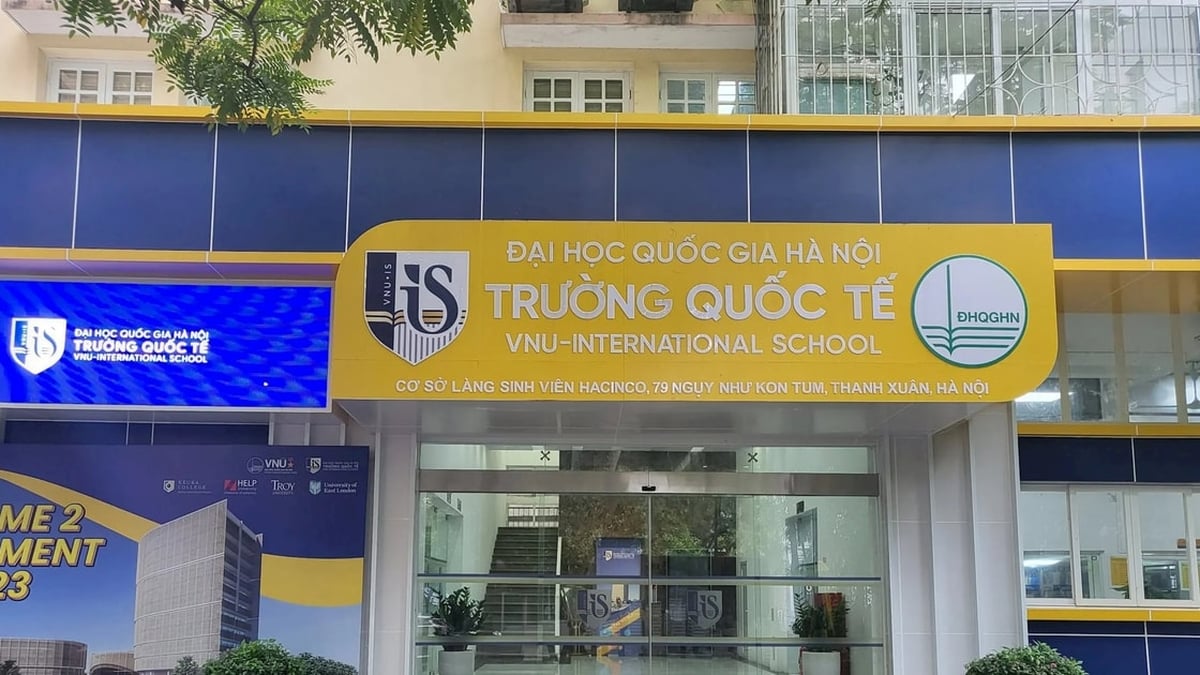


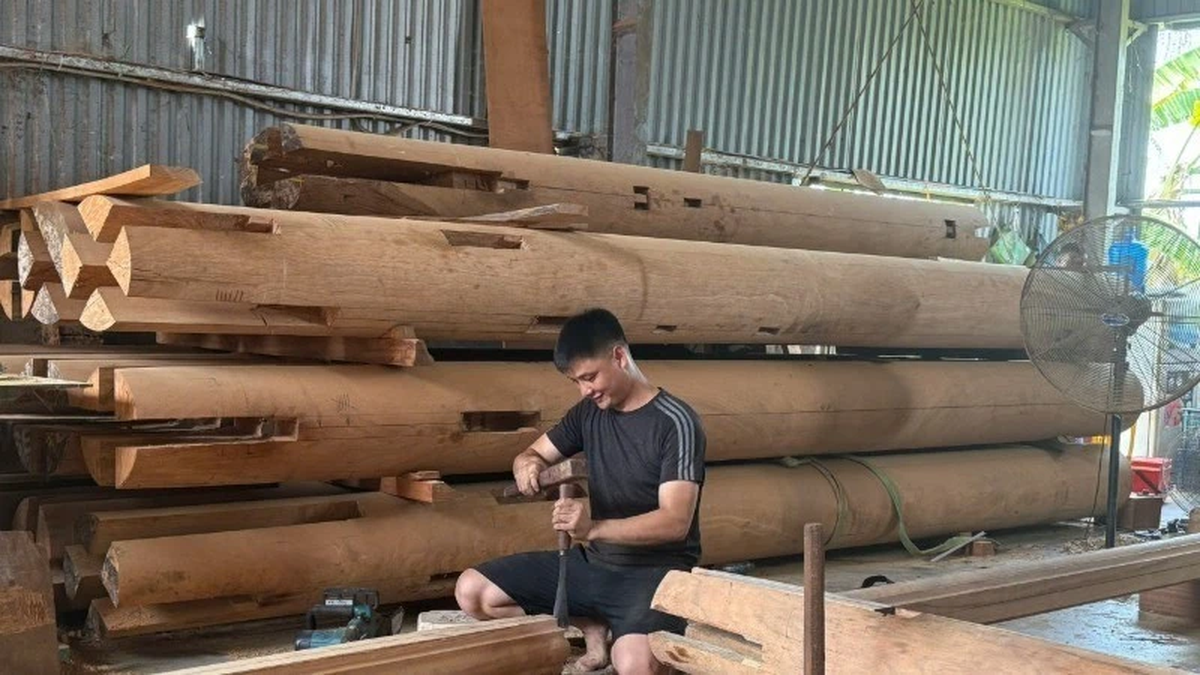
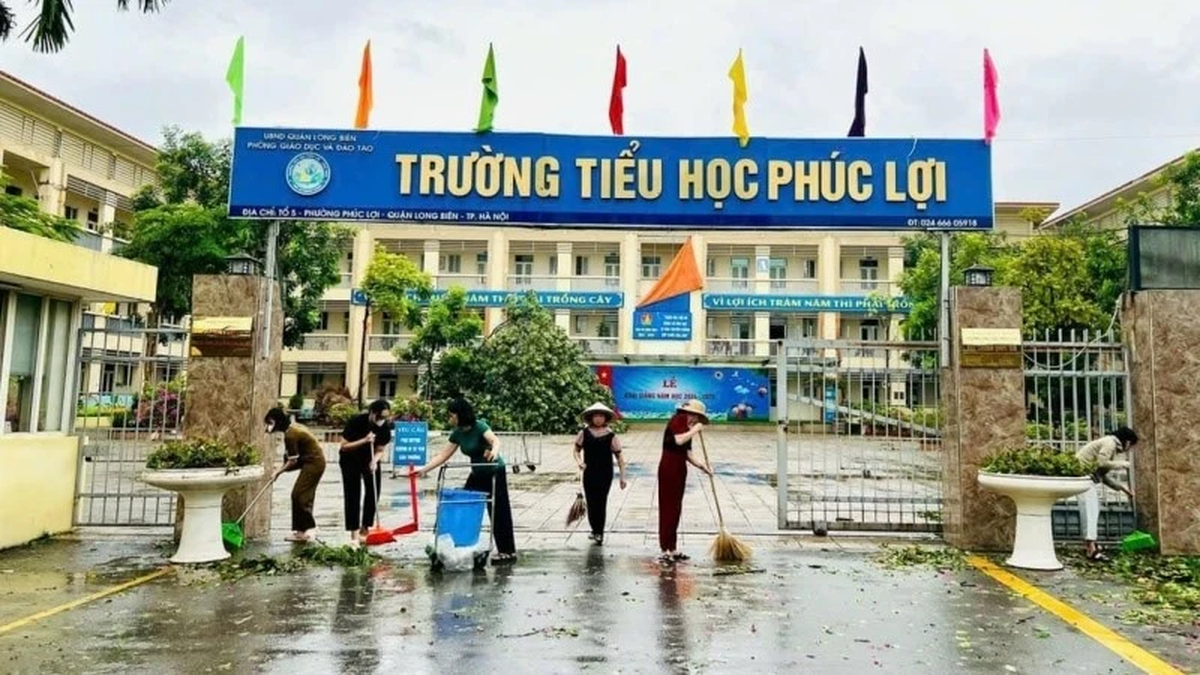
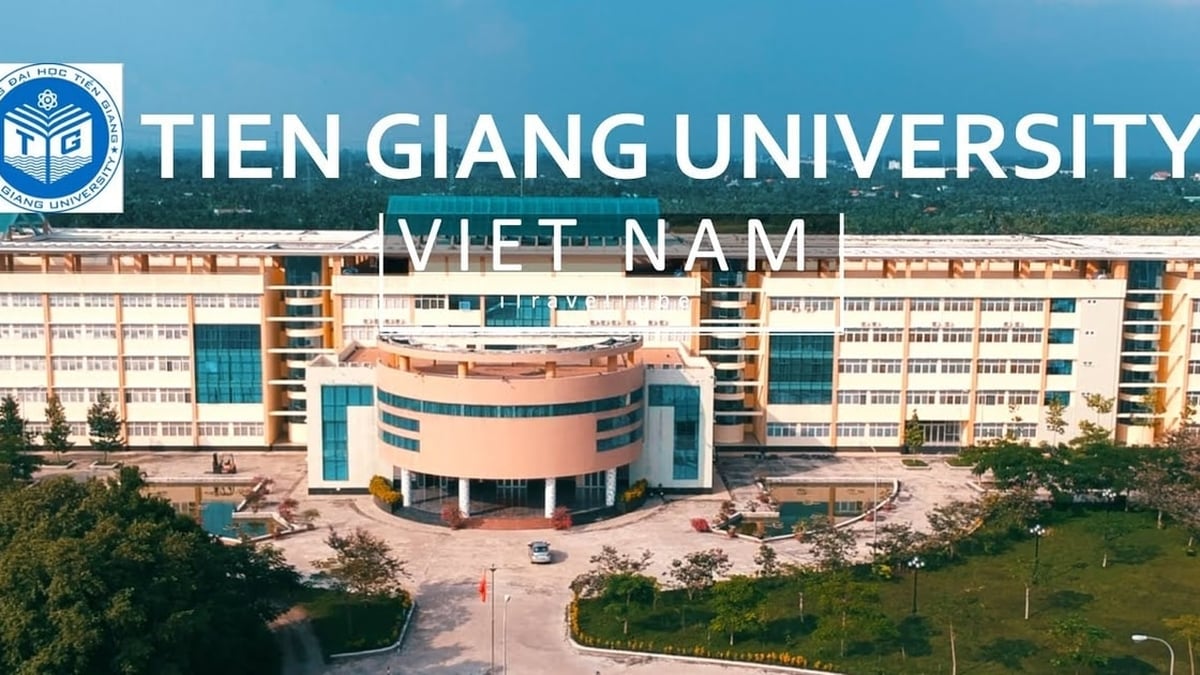











![[Photo] National Assembly Chairman Tran Thanh Man visits Vietnamese Heroic Mother Ta Thi Tran](https://vphoto.vietnam.vn/thumb/1200x675/vietnam/resource/IMAGE/2025/7/20/765c0bd057dd44ad83ab89fe0255b783)













































































Comment (0)